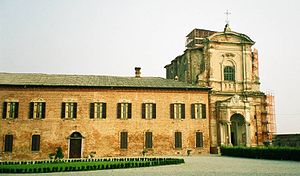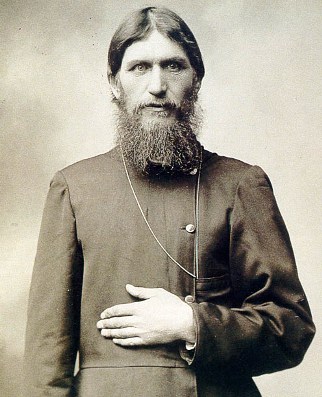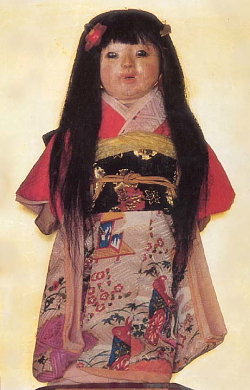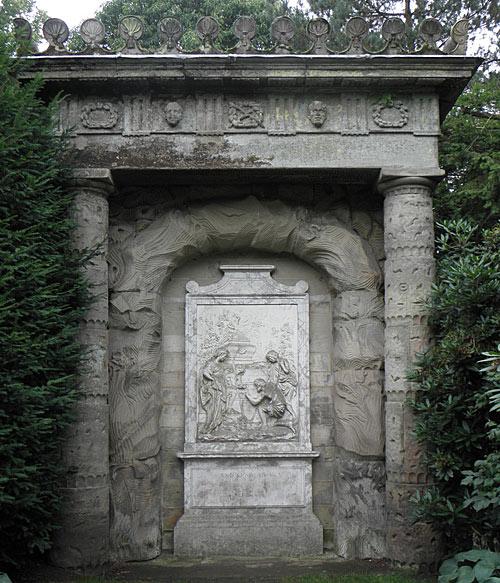
According
to legends, It is written that in 1684 many young girls who lived in
the area met the devil in their dreams. After seducing them, he sent
them to visit the monks at Lucedio's Abbey. The girls managed to corrupt
the abbey and convert the monks to Satanism. From that moment on, a
long history of evil rituals, tortures, homicides, cruelty and even
cases of child molestation began. Things were so twisted that the abuse
reached Rome and Pope Pio VI closed the Abbey. That was on September 10,
1784 - one hundred years later.
Lucedio Abbey is a haunted monastery in Italy that was featured
on Scariest Places on Earth and Ghost Hunters International. It is a
place where torture, murder and disturbing black magic rituals were
performed and many say it is one of Italy's most haunted places. Lucedio
Abbey dates back to 1123. During that time, Cistercian monks resided
there and introduced rice cultivation to the area. What nobody suspected
was that these monks had lost faith in God and turned their backs on
Christianity. The evil monks took to worshipping the devil and performed
horrific and disturbing black magic rituals within the walls of the
holy building.
The Ghosts of LUCEDIO ABBEY : Unexplained Encounters

According
to legends, Russian mystic Grigori Rasputin (1869-1916) was first
poisoned with enough cyanide to kill ten men, but he wasn’t affected. So
his killers shot him in the back with a revolver. Rasputin fell but
later revived. So, he was shot again three more times, but Rasputin
still lived. He was then clubbed, and for good measure thrown into the
icy Neva River.
The mysterious Grigory Efimovich Rasputin, a peasant who claimed powers
of healing and prediction, had the ear of Russian Tsarina Aleksandra.
The aristocracy could not stand a peasant in such a high position.
Peasants could not stand the rumors that the tsarina was sleeping with
such a scoundrel. Rasputin was seen as "the dark force" that was ruining
Mother Russia.
To save the monarchy, several members of the aristocracy attempted to
murder the holy man. On the night of December 16-17, 1916, they tried to
kill Rasputin. The plan was simple. Yet on that fateful night, the
conspirators found that Rasputin would be very difficult to kill.
The Mad Monk
Tsar Nicholas II and Tsarina Aleksandra (the emperor and empress of
Russia) had tried for years to give birth to an heir. After four girls
were born, the royal couple was desperate. They called in many mystics
and holy men. Finally, in 1904, Aleksandra gave birth to a baby boy,
Aleksei Nikolayevich. Unfortunately, the boy who had been the answer to
their prayers was afflicted with "the Royal disease," hemophilia. Every
time Aleksei began to bleed, it would not stop. The royal couple became
frantic to find a cure for their son. Again, mystics, holy men and
healers were brought in. Nothing helped until 1908, when Rasputin was
called upon to come aid the young tsarevich during one of his bleeding
episodes.
Rasputin the Mad Monk - The Immortal Russian

The haunted japanese doll Okiku, possessed by the spirit of a 10 year old girl who took refuge inside it. Some time after the funeral
of the girl, the hair of the doll began to grow. Although the doll’s
hair is cut regularly, the hair grows again and again. A mysterious doll
possessed by the spirit of a child has captured the curiosity of people
across Japan for decades. The legendary Okiku doll, named after the
girl who long ago used to play with it, is a 40-centimeter (16-in) tall
kimono-clad figure with beady black eyes -- and hair that grows.
The Okiku doll has resided at the Mannenji temple in the town of
Iwamizawa (Hokkaido prefecture) since 1938. According to the temple, the
traditional doll initially had
short cropped hair, but over time it has grown to about 25 centimeters
(10 in) long, down to the doll's knees. Although the hair is
periodically trimmed, it reportedly keeps growing back.
It is said that the doll was originally purchased in 1918 by a 17-year-old boy named Eikichi Suzuki while visiting
Sapporo for a marine exhibition. He bought the doll on Tanuki-koji --
Sapporo's famous shopping street -- as a souvenir for his 2-year-old
sister, Okiku. The young girl loved the doll and played with it every
day, but the following year, she died suddenly of a cold. The family
placed the doll in the household altar and prayed to it every day in
memory of Okiku.
Some time later, they noticed the hair had started to grow. This was
seen as a sign that the girl's restless spirit had taken refuge in the
doll.
This doll was originally purchased in 1918 by a Eikichi Suzuki in Sapporo, where he saw a beautiful Japanese doll
with a Kimono. Eikichi bought this doll for her sister, who is two
years old named Okiku. She loved this doll and play it every day. But
unfortunately, Okiku died shortly afterwards of a fever. Then at his funeral,
family want to put a doll into his coffin, but somehow they forgot. The
girl’s family then put the doll on the household altar and pray for
every day in order to commemorate Okiku.
Some time later, they saw the hair began grows. According to this story
is the spirit of the girl who took refuge inside the doll.
Okiku - Ghost Story of Japanese Haunted Devil Doll
In
Staffordshire, England, there is a sculpture that has invited the wits
and intellect of many intellectuals in an attempt to decode an inscription reading DOUOSVAVVM. Although the Shepherd’s Monument was constructed back in the 18th century, the letters found therein were never solved, even 250 years after it was completed. The Shugborough inscription is a sequence of letters - O U O S V A V V, between the letters D M - carved on the 18th-century Shepherd's Monument in the grounds of Shugborough Hall in Staffordshire, England, below a mirror image of Nicolas Poussin's painting,
the Shepherds of Arcadia. It has never been satisfactorily explained,
and has been called one of the world's top uncracked ciphertexts. The
inscription became widely known after being mentioned in the 1982 book
The Holy Blood and the Holy Grail by Michael Baigent, Richard Leigh, and
Henry Lincoln.

The monument was built sometime between 1748 and 1763, commissioned by
Thomas Anson, paid for by his brother, Admiral George Anson, and
fashioned by the Flemish sculptor Peter Scheemakers. The relief copy of
the Poussin painting is contained within a rustic arch, and shows
a woman and three shepherds, two of whom are pointing to a tomb. On the
tomb is carved the Latin text Et in arcadia ego ("I am also in Arcadia"
or "I am, even in Arcadia"). The carving displays a number of small
alterations from the original painting, and an extra sarcophagus has been placed on top of the main tomb. Above the Poussin scene are two stone heads, one showing a smiling bald-headed man, the other bearing a likeness to the goat-horned Greek god Pan.
Shugborough Inscription - Shepherd’s Monument Inscription





